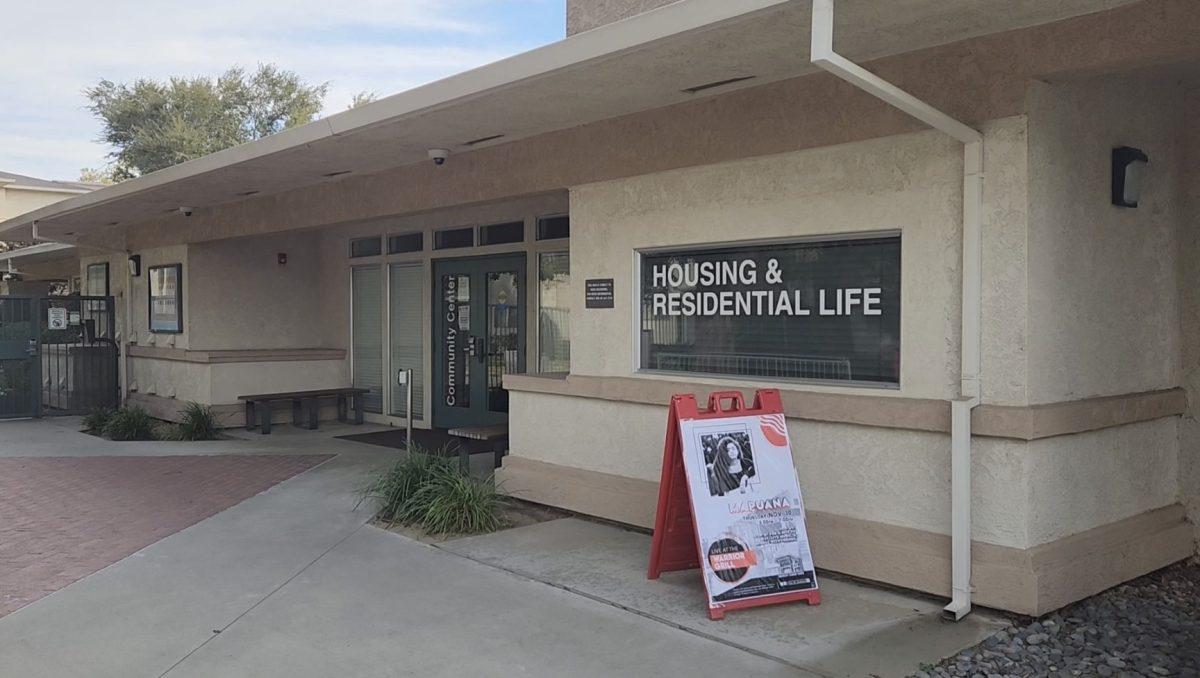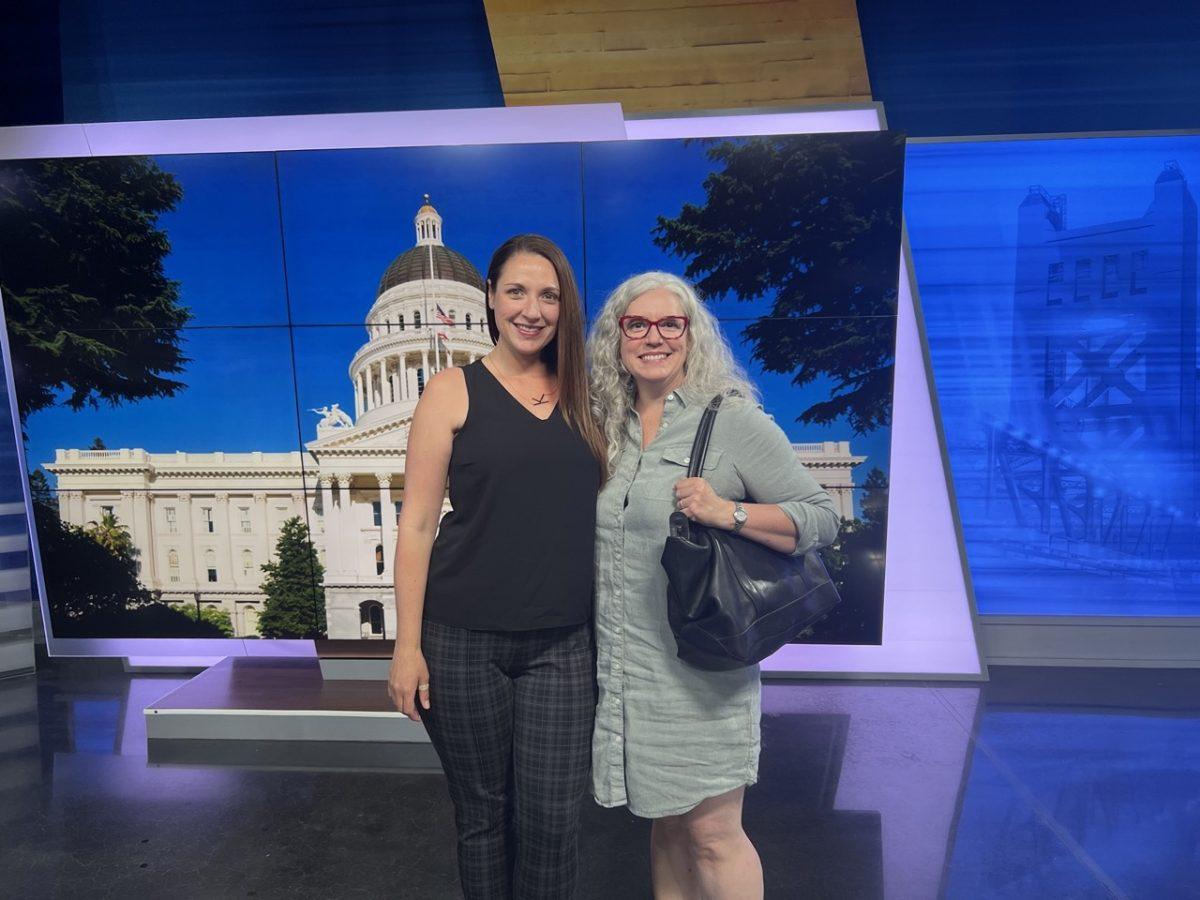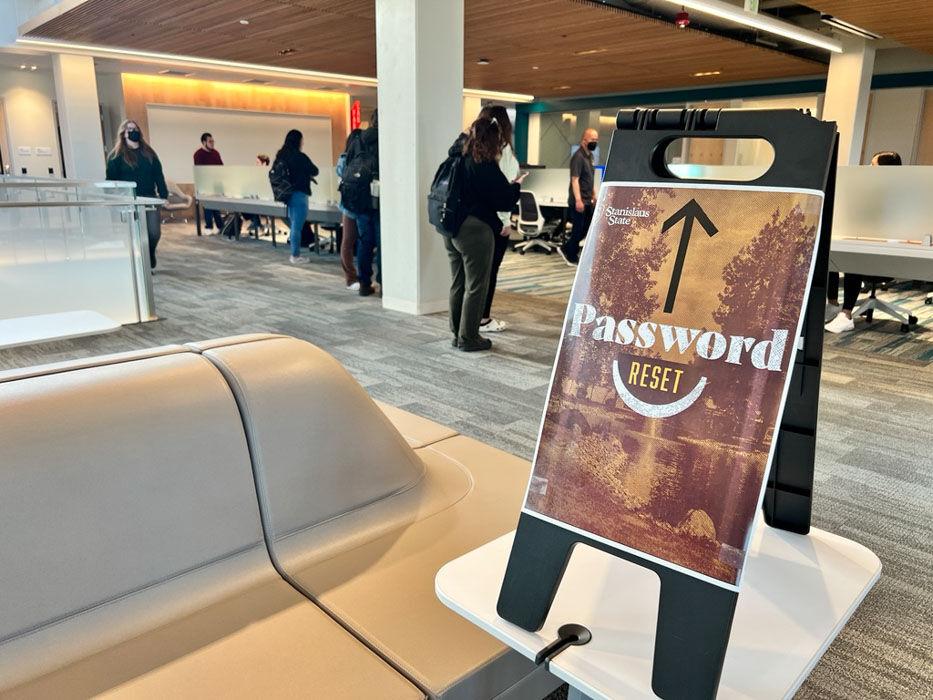The second Sunday of March is the most dreaded day of the year for college students who look forward to sleeping in on weekends to catch up on those lost hours from studying, video gaming and web surfing.
When America took an hour away like it was a confiscated digital pet keychain from the fourth grade was the day America became a more dangerous place to live.
The gigapet would be given back at the end of class, but the hour from daylight savings won’t be given back until Nov. 3.
Daylights savings was first conceived by Benjamin Franklin during his position as an American delegate in 1784. In his essay, “An Economical Project,” Franklin breaks down the math on candle usage over certain times of the year. The longer the sun was up, the less candles would be burnt.
This is the ideology we use today while implementing the dreaded Daylight Savings Time (DST).
According to the California Energy Commission, the total electricity savings of DST is about 1.3 terawatt-hour. This leads to tremendous savings and puts money back in Americans’ pockets. The saving comes out to .93 percent per day, which is actually enough to light up three quarters of the residential homes in the city of Turlock.
Although there are some benefits, the negatives far outweigh the benefits of DST.
An article from Reuters Magazine, explains that the “springing forward” action can cause more serious problems than just irritability from the loss of sleep.
According to an article in the LA Times, not only are heart attacks more prevalent after time changes, but traffic accidents are 8.6 percent more common on the first Monday of DST.
Coming from a commuter campus, this is distressing. Monday mornings are hard enough, being stuck in traffic trying to make it to class on time is even worse. Add an hour of sleep loss and it shouts disaster.
Productivity in the workplace also becomes hindered due to a lack of focus according to a 2012 study in the Journal of Applied Psychology.
Increased sleepiness on the first Monday after switching to DST leads to a dramatic increase in cyberloafing behavior (surfing the web at work).
There is a solution to all of the myocardial infarctions, traffic wrecks, cranky colleagues and cyberloafing.
We should stay on daylight savings all year. This would save lives, headaches and college grades.
A 2004 report in the journal “Accident Analysis and Prevention” came to the conclusion that implementing DST year round would provide enough extra daylight to avert 366 fewer driver and pedestrian fatalities.
DST is like a prescription drug that takes away the headache, but causes so many other side effects that it’s probably not worth taking.
Categories:
Daylight savings should shine all year
By James Drewrey
•
March 25, 2013
0
Donate to Signal
Your donation will support the student journalists of California State University, Stanislaus. Your contribution will allow us to purchase equipment and cover our annual website hosting costs.
More to Discover






